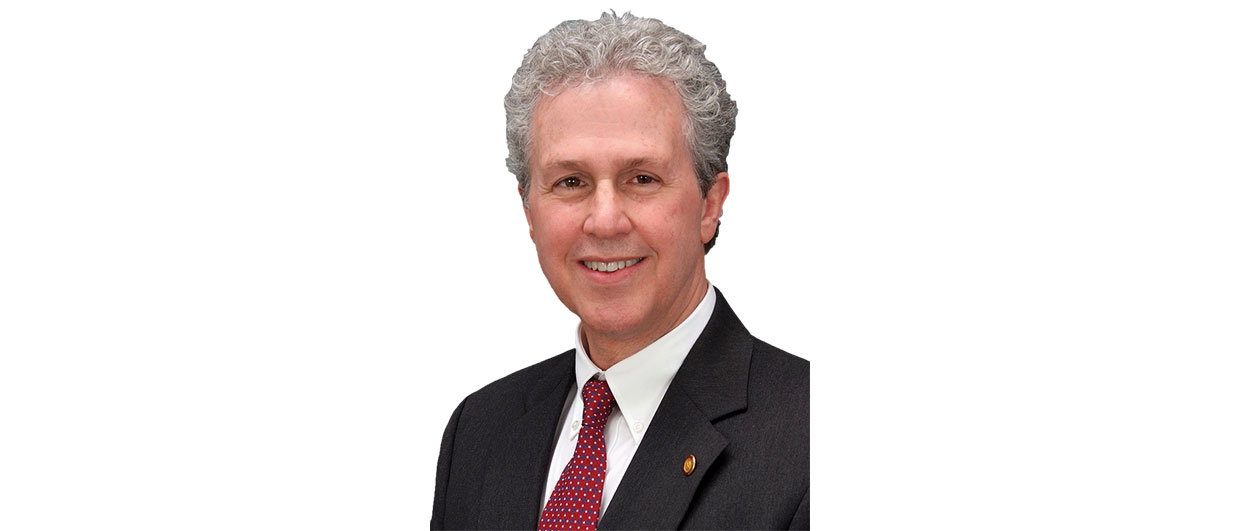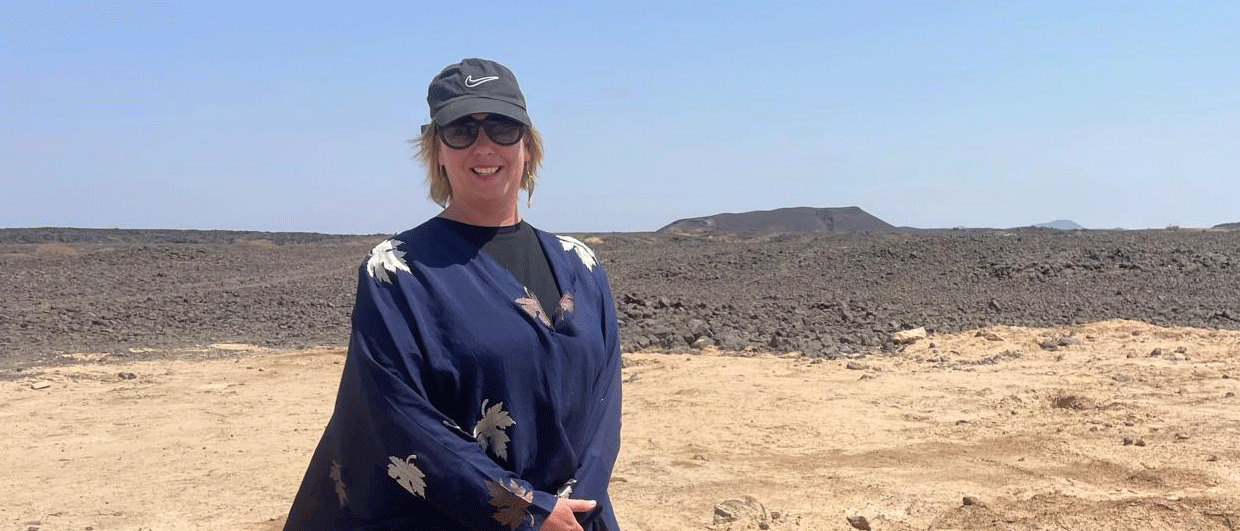What do you think were the most exciting developments in the industry in 2012?
To me, the most exciting development is realising the economic impact that unconventional plays are having on US energy supply and the economy. Since April, I have been hearing that the US could potentially be energy independent in 10 years or so. Statements like that would have seemed ludicrous just five years ago. When I started in the industry in 1976, I remember hearing the president of a major US oil company say that he believed that the US had very little oil and gas left to find and develop. So it is remarkable to me, 37 years later, to hear knowledgeable people say that the US could be energy independent in just a few years.
Any big surprises – good or bad?
I am kind of surprised by the strong negative reaction the public has had to hydraulic fracturing of reservoirs despite the overwhelming evidence that it can be performed in an environmentally safe manner. Hydraulic fracture stimulation is the key to unlocking reservoirs that are otherwise uneconomic. Obviously, we in the industry need to do a better job talking to the public about the actual mechanics of hydraulic fracturing, as well as reminding them about the enormous energy potential that we have thanks directly to that technology.
What were the strongest areas for exploration in 2012?
My view is very parochial since I have spent my entire career exploring US basins. Here, the unconventional play dominates exploration. The strongest areas for exploration are those that have oil or wet gas unconventional reservoirs. Specifically, they are the Bakken Formation in the Williston Basin of North Dakota and Montana; the Eagle Ford Shale of south Texas; and the tight oil plays in the Permian Basin of west Texas.
Any thoughts on 2013? Where do you expect expansion and where retrenchment?
It will be interesting to see where unconventional plays develop in non-US basins like the Vaca Muerta Formation in the Neuquen Basin of Argentina. Unfortunately, that play is currently plagued by politics. The La Luna Shale in Colombia’s Middle Magdalena Basin could see some drilling next year and the Llanos Basin has seen a lot of activity due to favourable terms from Colombia’s government. It has an abundance of small but attractive conventional targets. In the UK, the organically rich Bowland Shale in the Bowland Basin, east of Blackpool, has attracted some attention. One recent shallow well here discovered gas but further development has been delayed by a couple of minor tremors and concerns that they were caused by hydraulic fracture stimulation. Maybe 2013 will see some new wells in the Bowland. The Arctic has incredible potential for conventional large fields but also has unconventional environmental problems. It is an expensive place to operate and is faced with daunting technological challenges. Eventually, the industry will overcome the challenges.
How are you enjoying being President of AAPG?
I am having a fabulous time. It has been gratifying to travel outside the US and see how much AAPG is growing. This probably is due in part to our efforts as an association to provide the scientific support that can help professionals to better explore for or develop energy resources wherever they are found, and also in part to the growing demand for energy in all parts of the world. Counting the US, AAPG has offices in five different countries and 40% of our members live outside the US. In the near future AAPG may need to consider a name change to more accurately reflect the make-up of its membership.
What is the most exciting thing to have happened to you in your Presidency?
Meeting student members from all over Indonesia and Malaysia who were attending the AAPG International Conference and Exposition in Singapore. Some of them wore shirts with AAPG patches and their name embroidered over the pocket. I could look into their eyes and sense their enthusiasm about their future careers in the petroleum industry. It made me realise how big AAPG has become and how much our profession is changing. And by the way, I think the influx of these younger geologists will result in a significant, positive dynamic for the industry. The next generation of geologists strikes me as being very intelligent, very committed and very passionate about their careers. And I’ve seen this excitement among geologists from all corners of the world. It is a global professional organisation that I am very humbled and honoured to lead this year.





